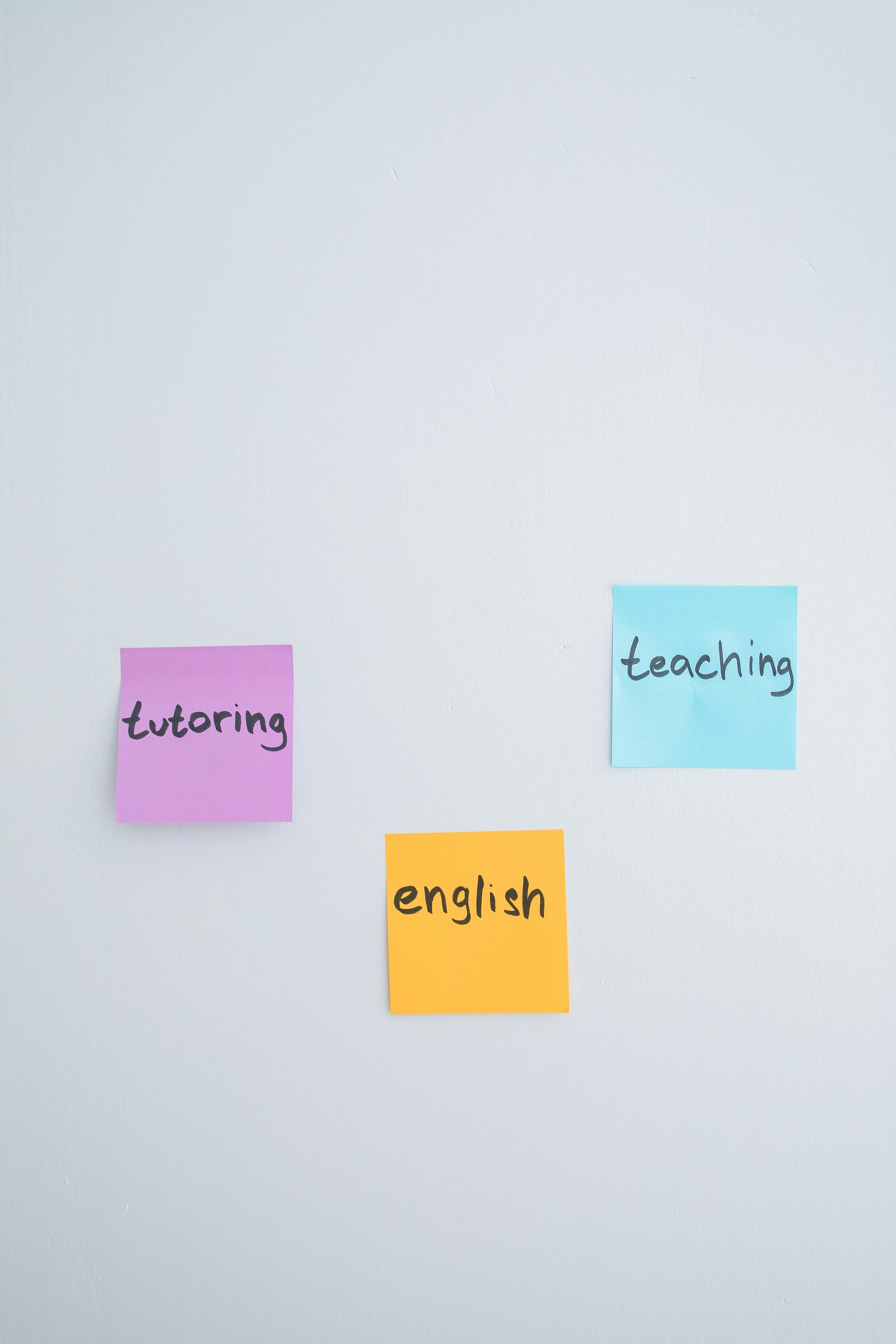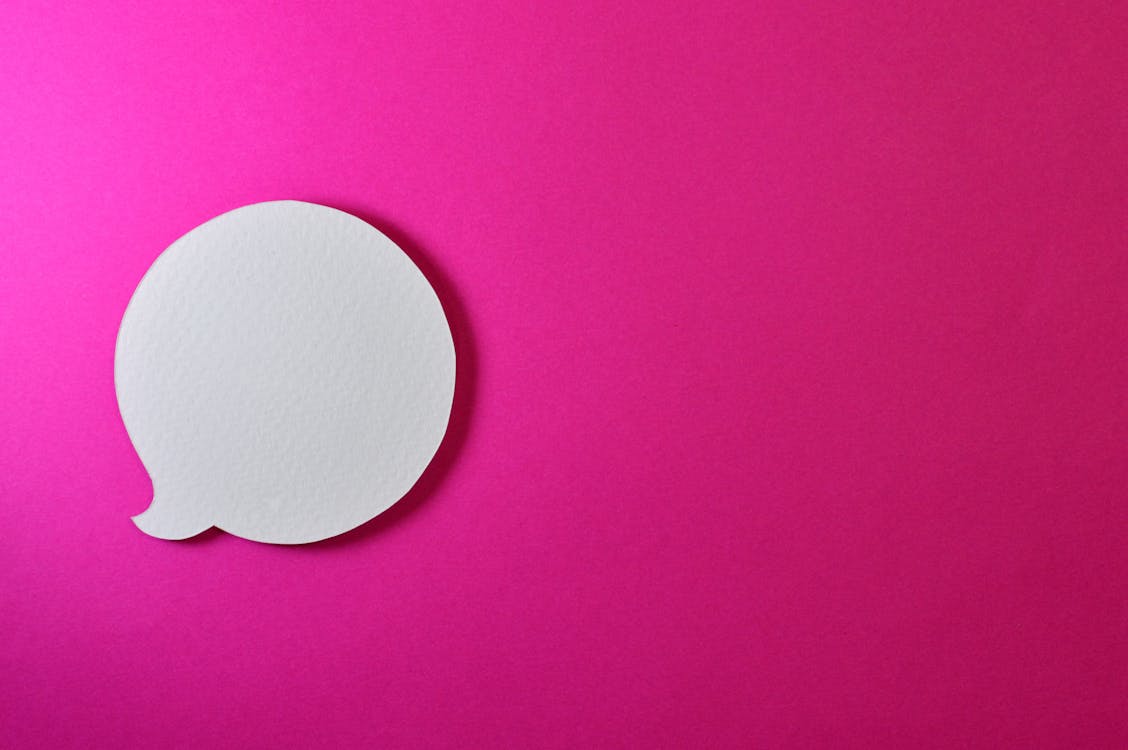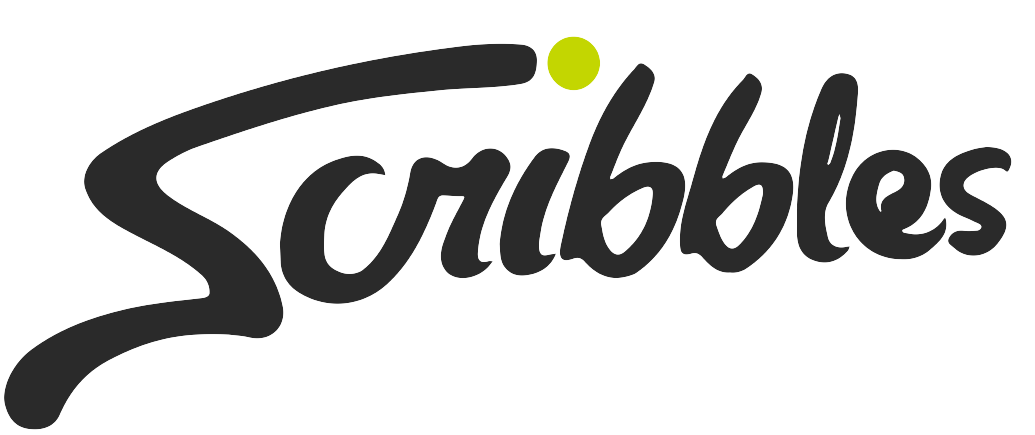Have you heard the saying, “You are as bright as the sun?” or “I am so hungry I could eat a horse?” These are examples of figurative language. In this article, let’s discuss the figures of speech.

What is a Figure of Speech
Figures of speech are expressive literary tools that impart color, power, and distinctiveness to language. Since they deviate from the standard word arrangement or implications, they allow people to feel, see, and emphasize more while expressing concepts more fittingly.
Types of figures of speech

- Simile
A simile compares two different things using “like” or “as” to highlight similarities that might not be immediately apparent but that enrich the reader’s understanding or visual image.
Example: “Life is like a box of chocolates—you never know what you’ll get.”
- Metaphor
A metaphor compares two unrelated things by stating that one thing is another, fostering a direct and often profound connection.
Example: “The world’s a stage, and all the men and women are merely players.”
- Personification
Personification gives human qualities to animals, inanimate objects, or abstract ideas, making them relatable and vivid to the reader.
Example: “The leaves danced in the wind.
- Hyperbole
Hyperbole involves deliberate exaggeration for emphasis or effect; it is not meant to be taken literally but is used to produce a strong impression.
Example: “I’m so hungry I could eat a horse.”
- Understatement
This figure of speech intentionally makes a situation seem less important or serious than it is, often for ironic effect or to highlight the opposite of what is being said.
Example: Saying this about a downpour, “Looks like it’s going to sprinkle.”
- Irony
Irony involves saying the opposite of what is meant, typically for humorous or emphatic effect. It’s a sharp contrast between reality and expectations.
Example: Calling a very tall person “Shorty.”
- Metonymy
Metonymy replaces the name of a thing with the name of something else with which it is closely associated.
Example: “The White House issued a statement.”
- Synecdoche
Synecdoche uses a part to represent the whole or the whole to represent a part.
Example: “All hands on deck.”
- Alliteration
Alliteration is the repetition of initial consonant sounds in successive or closely associated syllables.
Example: “She sells seashells by the seashore.”
- Onomatopoeia
Onomatopoeia is a word that imitates the natural sounds of a thing. It creates a sound effect that mimics the thing described, making the description more expressive and exciting.
Example: “The bees buzzed as they flew past.”
- Oxymoron
An oxymoron combines two contradictory terms to create a new, paradoxical meaning.
Example: “Deafening silence.”
- Pun
A pun plays on the multiple meanings of a word or on two words that sound alike but have different meanings.
Example: “I’m reading a book on anti-gravity. It’s impossible to put down!”

These illustrations explain how figures of speech can highlight ideas, arouse feelings, and enhance readability and retention. They strengthen our ability to express ourselves and are fundamental to everyday conversation and literary composition. These types of sentences or phrases can beautify the language and engage someone’s imagination. Which figures of speech do you commonly use? And which ones were you not aware of? Let us know in the comments!




